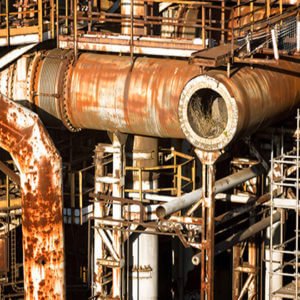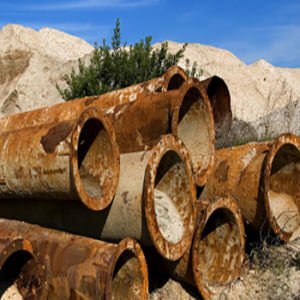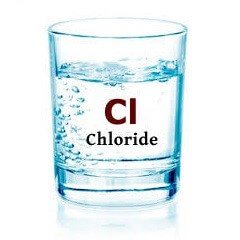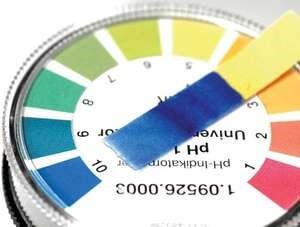

Corrosion forms
The definition of the term corrosion can be defined in general terms or as it is used in general or in a particular way (depending on the perspective that is being looked at). For example, in aqueous systems, types of corrosion are defined as an electrochemical process. In general terms, corrosion is defined as the destruction of a material due to the existence of an environment. There are benefits to this general definition. The environment can be water, air, carbon dioxide, organic fluids, molten salts, sulfur gases, and so on.
In the case of materials subject to corrosion, all materials used in engineering, such as metals, plastics, tires, ionic and covalent substances, supercooling fluids, masses such as concrete, wood and composite materials, are included in the subject matter, although this The discussion is mainly related to metals.
Corrosion can occur in many forms, such as uniform or general corrosion, galvanic corrosion, cracking corrosion, hole corrosion, boundary corrosion, selective corrosion, wear corrosion, tensile corrosion, friction corrosion and erosion corrosion.
In order to understand more corrosion engineers and design engineers, there are two substrates for inherent and minor corrosion models.
Intrinsic corrosion models that occur independently of design conditions include:
General corrosion
vacuolar Corrosion
Corrosion of the droplet
Selective corrosion
Corrosion tension
And sub-models affected by the design are:
Corrosion cracking
Galvanic corrosion
Corrosion
Corrosion erosion
Corrosion tiredness
It will also be useful to recall that in a gap, intrinsic corrosion models such as general corrosion, corrosion, selective corrosion, ductile corrosion, or tensile corrosion may have occurred, which should be solved by the designer who eliminates the gap. ,and should Be taken into consideration.
Examples of other types of corrosion
Corrosion under sedimentation
This kind of corrosion occurs when the surface of the metal is covered by sediments or any other foreign body. This situation can lead to corrosion of the groove.
In the event that the precipitate is formed on the metal surface, it is also conductive to the electric current, and there is a potential for galvanic corrosion.
Hydrogen Damage
Hydrogen damages are forms of environmental degradation resulting from the combination of hydrogen and the remaining tensile stresses or debris.
Hydrogen damages occur for some specific alloys, such as cracking, blistering, forming hydride, and reducing tensile strength.
Hydrogen damages can be categorized as follows:
Hydrogen tightness
Hydrogen bubble
Decontamination
Hydrogen attack
Microbial corrosion
Sulfate resuscitation
A group of anaerobic bacteria that are required to live in oxygen and need energy to grow themselves from the oxidation of organic matter along with the revival of sulfate, instead of the oxygen of materials such as sulfate, sulfur and other oxidized sulfur compounds The title of the final receiver of the electron is consumed and reduced to sulfide.
Curved, elliptical, spherical and filamentous shapes with lengths of 1 to 5 and widths of 5 to 2 microns.
Oxygen disables them
Iron sulfide (FeS) is a black color that we add a few drops of chloride acid to detect it, as the smell of the egg melts it out, is a characteristic of SRB bacteria.
In order to perform the recovery response, the following four factors should be simultaneous:
1. Sulfate Reducing Bacteria (SRB)
2-sulfate compounds
3. External energy source in free electron form
4-Water temperature below 65 ° C



